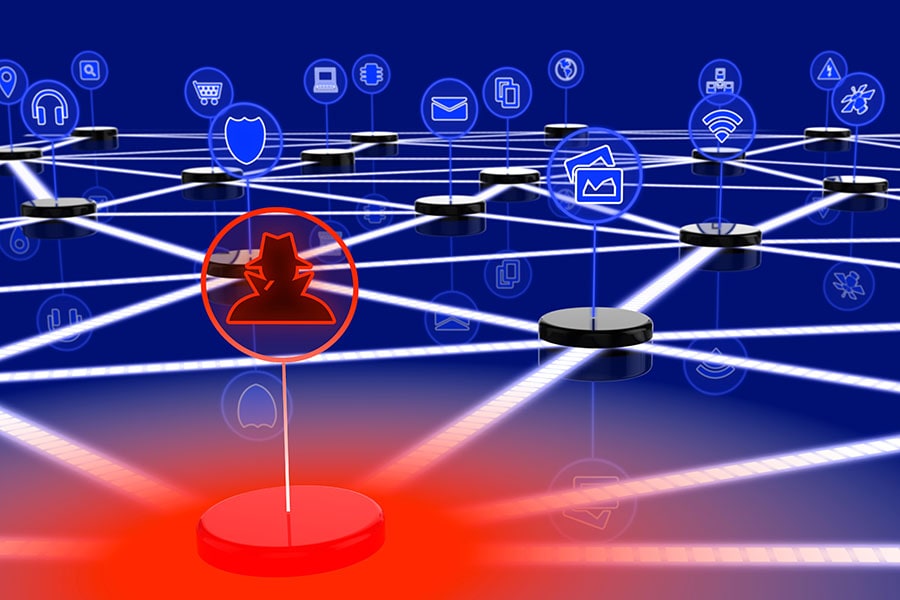
Considering insurance to manage IoT-driven catastrophic cyber-risk
Traditional insurance policies covering catastrophic IoT-driven cyber-risks are inadequate. Here's what needs to change
 Catastrophic cyber-loss hardly ever arises from the loss from a single/few insured—but principally from correlated cyber-risk experienced by many insureds simultaneously due to a single event.
Image: Shutterstock
Catastrophic cyber-loss hardly ever arises from the loss from a single/few insured—but principally from correlated cyber-risk experienced by many insureds simultaneously due to a single event.
Image: Shutterstock
The rapidly evolving era of IoT-driven smart cities and societies has ushered in realistic possibilities of society incurring a non-traditional catastrophic cyber-loss worth billions of dollars just out of a single cyberattack. Here, 'catastrophic loss' often refers to a tangible monetary equivalent extremely severe for the victim, arising from a surprisingly low-likelihood adverse event (e.g., analogous to an earthquake). As an example, a cyber-attack on Internet-connected home IoT devices such as air conditioners, refrigerators, ovens, and room heaters can:
- Make these devices unusable.
- Potentially cause physical damage to homes/buildings equipped with such devices.
- In worst cases, it renders the city's power grid dysfunctional (due to peak load overloading) and causes blackouts with massive societal and economic consequences.
To drive home the point on realistic cost calculations, consider the (futuristic) scenario of 150 million home/office IoT devices (including smartphones) in a single smart city becoming simultaneously inoperable due to a cyber-attack with an average cost of $100 per device. Even if 50 million (out of the 150) devices led to losses in business (say due to power grid failure for hours) and quality of life spanning five million households/corporations, with each of the latter contributing to a loss of an average $5000, we are looking at $25 billion in catastrophic financial losses incurred by the smart city due to a single (one in a fifty year) cyber-event. A takeaway message here is that catastrophic cyber-loss hardly ever arises from the loss from a single/few insured—but principally from correlated cyber-risk experienced by many insureds simultaneously due to a single event.
One might argue that cyber-insurance is a standard cyber-risk management mechanism for handling cyber-loss incidents resulting in catastrophic societal financial consequences. Consequently, we should delve into:
- how traditional insurance markets might deal with correlated losses that have an IoT-driven cyber component and
- how existing stand-alone cyber-insurance markets might deal with correlated IoT cyber losses.
[This article has been published with permission from IIM Calcutta. www.iimcal.ac.in Views expressed are personal.]







